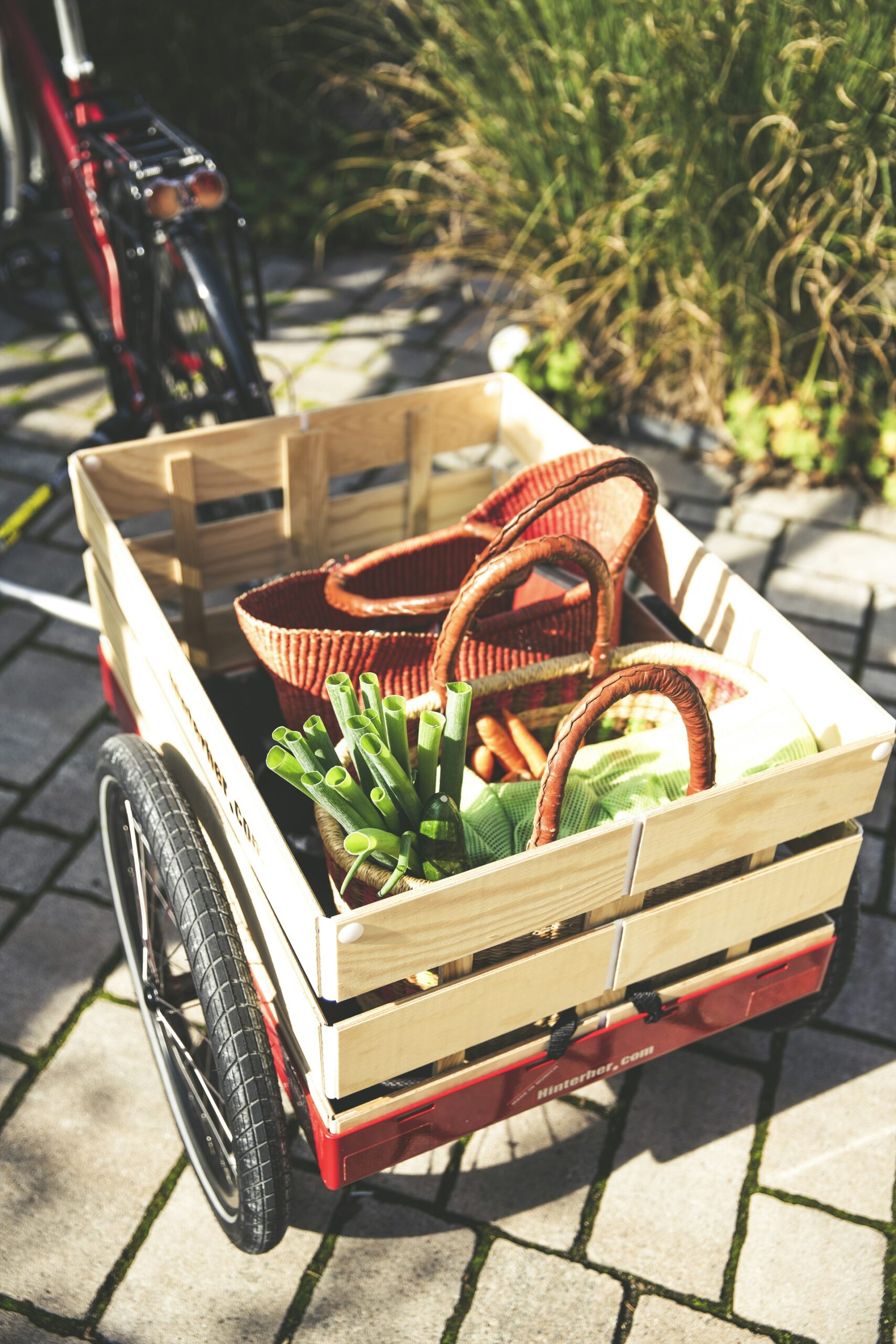Mastering Blackjack at Home: A Complete Guide for Fun, Friends, and Real Play

Photo by Michał Parzuchowski on Unsplash
Introduction: Bringing Blackjack Home
Blackjack is one of the most popular card games worldwide, celebrated for its blend of skill, chance, and social excitement. Hosting a blackjack game at home can be both entertaining and rewarding, whether you’re playing casually with family or organizing a friendly tournament with friends. This guide provides everything you need to know to set up, play, and enjoy blackjack in a home setting-including clear rules, practical steps, examples, and alternative approaches for all experience levels.
Essential Setup: What You Need
To begin, gather the following items:
- A standard 52-card deck (multiple decks for more than five players is recommended).
- Chips or tokens for betting (coins, poker chips, or any household items can work).
- A spacious table where all players can easily view cards and interact.
- At least two players: one will act as the dealer, and the rest as players. Ideal games have 3-8 participants, but games can be played with just two [1] .
Assign one player as the dealer for the first round. The dealer will shuffle, deal cards, collect bets, and manage the flow of the game. Dealers can rotate each round for fairness and variety.
Understanding the Rules: Blackjack Basics
The objective is straightforward: beat the dealer by getting a hand value closest to 21 without going over. If your hand exceeds 21, you “bust” and lose your bet [4] . Here’s how card values work:
- Number cards (2-10): Face value.
- Face cards (Jack, Queen, King): 10 points each.
- Ace: 1 or 11 points, whichever benefits the hand most.
Each round follows these steps:
- Players place bets before cards are dealt.
- The dealer deals two cards to each player (face up or down as preferred), and two to themselves (one face up, one face down).
- If any player or dealer has a “natural” blackjack (an Ace and a 10-point card), they win automatically unless both have blackjack, which results in a tie [4] .
- Players take turns deciding to “hit” (take another card), “stand” (keep their hand), “double down” (double their bet for one extra card), “split” (if dealt a pair), or “surrender” (forfeit half their bet if available) [2] .
- Once all players act, the dealer reveals their hidden card and completes their turn according to set rules: hit on 16 or less, stand on 17 or more [1] .
- Winners are determined: players with higher hands than the dealer win even money; those with blackjack win 3:2; ties result in bets returned [4] .
Step-by-Step Game Play: Hosting Your Blackjack Night
Follow these detailed steps for a smooth home blackjack experience:
- Shuffle and Prepare : Shuffle the deck thoroughly. If you have more than five players, consider using two decks for fairness and to minimize card counting [1] .
- Place Bets : Each player puts their bet into their designated area before cards are dealt. Use chips, coins, or markers as betting units.
- Deal Cards : Starting from the dealer’s left, deal one card face up to each player, then one to the dealer. Repeat, giving each participant two cards and the dealer one face up, one face down [2] .
- Check for Blackjack : If a player or dealer has a natural blackjack, resolve the bets immediately [4] .
- Player Decisions : Proceed clockwise. Each player chooses to hit, stand, double down, split, or surrender. Example: If you have an Ace and a 6, you may choose to stand with 17 or hit for a chance at 21.
- Dealer’s Turn : After all players act, the dealer reveals their face-down card. The dealer must hit on 16 or less and stand on 17 or more [1] .
- Resolve Bets : Players with a higher total than the dealer win even money; blackjack pays 3:2. If the dealer busts, all players still in the round win [3] .
Repeat these steps for each round, rotating the dealer role if desired.
Practical Examples and Variations
Let’s explore common scenarios. Suppose you’re dealt a 9 and a 7 (totaling 16), and the dealer shows a 10. You may choose to hit, risking a bust, or stand and hope the dealer busts. If you have two Aces, you can split them, creating two separate hands (requires doubling your bet). The dealer must play by fixed rules, hitting until they reach at least 17 [2] .
Alternative play styles include:
- No-money casual play : Use chips for points, with the winner being the person with the most chips after a set number of rounds.
- Friendly stakes : Play for small amounts, such as pennies or tokens, to add excitement without risk.
- Tournament format : Each player starts with the same number of chips; after a predetermined number of rounds, the player with the most chips is declared the winner.
Hosting for Money: Legal and Responsible Play
If you choose to play blackjack for money at home, it’s essential to consider local laws regarding gambling. In many jurisdictions, friendly games in private homes are permitted so long as no one profits from hosting [1] . Participants should agree on betting limits, payout ratios (standard blackjack pays 3:2), and ensure fair play. Always gamble responsibly and never risk more than you can afford to lose.
For larger gatherings, provide clear rules and transparent chip management. Use play money or tokens to avoid legal complications. If unsure about local regulations, consult your city’s official website or legal resources for guidance.
Common Challenges and Solutions
Here are issues you may encounter and ways to address them:
- Disagreements about rules : Print or display the official rules, such as those from established sources like Bicycle Cards [4] . Agree on house rules before play begins.
- Card counting concerns : Use multiple decks and shuffle frequently. Rotate the dealer to ensure fairness.
- Betting confusion : Use clear chip denominations and designate a player as banker to manage payouts.
- Unfamiliar strategies : Encourage new players to learn basic strategies, such as when to hit or stand. Resources like [4] offer simple explanations for beginners.
Alternative Approaches for Fun and Learning
Blackjack can be adapted for educational or entertainment purposes. Parents may use the game to teach probability and arithmetic. For remote play, consider online platforms where friends can join virtual tables-always use established, reputable websites and never share financial details on unverified platforms.
For solo practice, deal hands to yourself and simulate dealer decisions, tracking your progress over time. This helps improve strategic thinking and confidence for future group games.
Key Takeaways for Home Blackjack
Playing blackjack at home combines social fun with strategic challenge, making it ideal for parties, family nights, or casual gatherings. With the right setup, clear rules, and a spirit of fair play, anyone can enjoy classic blackjack without leaving home. Remember to clarify house rules, manage bets responsibly, and prioritize enjoyment and safety.

Photo by Brett Jordan on Unsplash
References
MORE FROM promohunterpro.com













